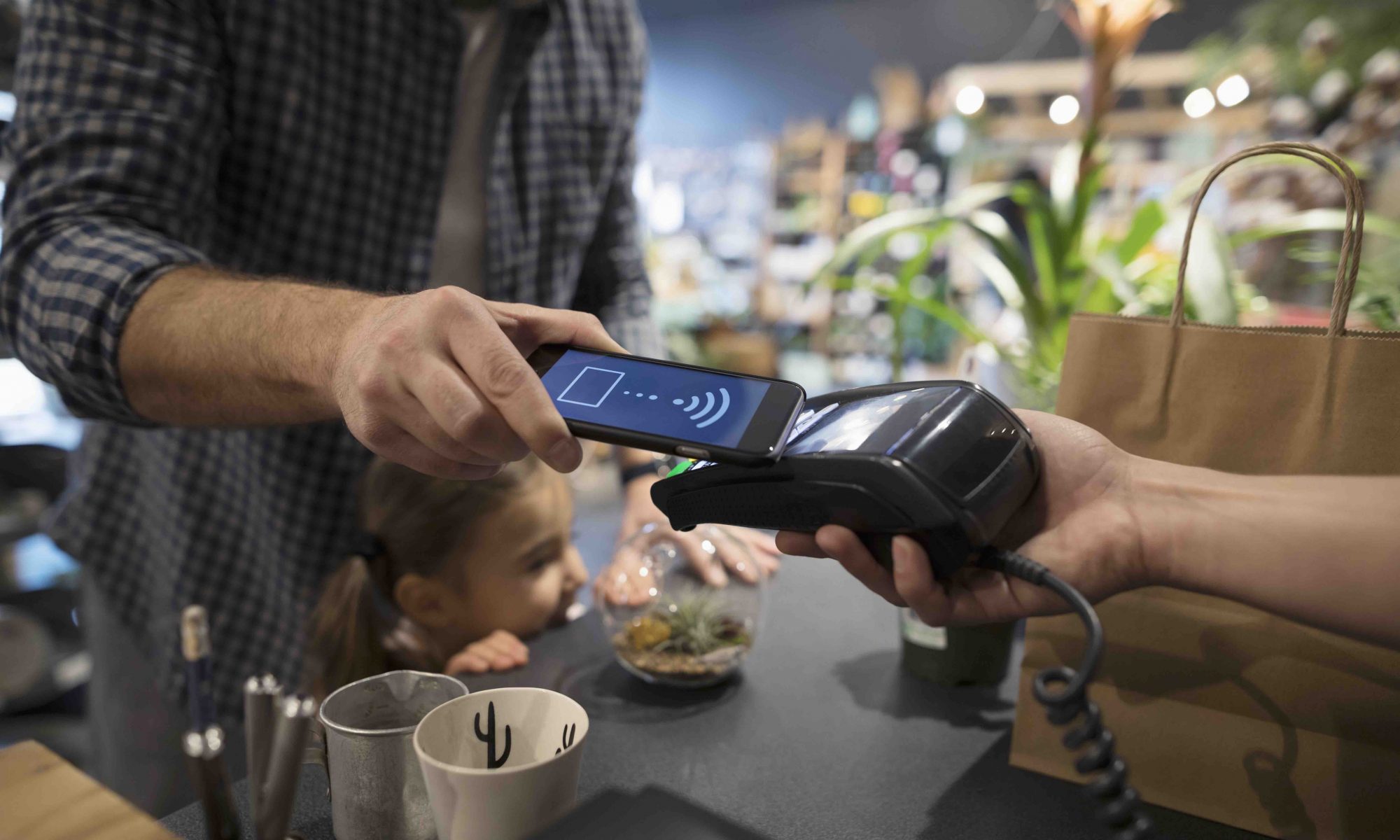Smartphone payments: what’s all the fuss about?
Technological innovation means that Luxembourg residents can now pay their bills or make purchases with their smartphones – something that was previously unimaginable! But how does it work? Do you need a particular phone or plan? How secure is it? myLIFE tells you all you need to know.
Before we continue, we must clarify that this article focuses on using your smartphone to make purchases, rather than as a platform for shopping online.
Paying with your smartphone – simple and secure
It is indeed possible to pay using your smartphone, but – aside from the technological progress it represents – why would you? An obvious question, but a necessary one nonetheless.
First and foremost, the main draw is its simplicity. You don’t need to fish out your wallet and dig through your coins and notes, or remember the PIN for your bank card. It’s a much faster and more practical way of paying, and this alone is enough of a reason to give it a go!
In addition to its simplicity, it’s also more secure than traditional means of payment. Neither party is at risk of theft, as no physical money is actually exchanged. Everything is done digitally.
And while it’s not unthinkable for your phone to get stolen, there’s no need to worry – it’s almost impossible for a thief to use your phone to make payments of their own. The systems are very secure, and each transaction requires the user to prove their identity with their fingerprint or a security code. This means that there is no way for the culprit to validate a payment.
[…] the payment procedure involves identifying the owner of the handset, either through fingerprint recognition or a validation code.
How does it work?
There are currently two ways of paying with your smartphone:
- Near-Field Communication (NFC). This is one of the methods used in contactless payments with your bank card. Once your receipt is printed, you tap your smartphone on a receiver and the transaction is complete when the terminal recognises your device. This is the same procedure for contactless payments with your bank card. Don’t forget to download the dedicated payment app on your smartphone. There are several to choose from, but we’ll come back to this later. Some handsets already come with the NFC chip, otherwise you can buy one separately and attach it yourself.
- QR Code (Quick Response Code). QR codes are the little black and white mosaic patterns that you can find on street ads or in magazines. After having downloaded the payment app, simply scan the QR code using your phone’s camera to make a payment.
In both cases, the payment procedure involves identifying the owner of the handset, either through fingerprint recognition or a validation code.
Payment apps
These payment solutions require software in the form of payment apps. They’re a kind of interactive interface that is displayed on your smartphone. They are linked either to your phone’s manufacturer (e.g. Apple Pay and Samsung Pay) or your operating system (e.g. Android Pay). You can also get apps developed by your bank, or an external company in conjunction with your bank. These apps are free, you just need to download them.
Most apps developed by your bank or a third party will be compatible with the main operating systems.
Compatible handsets
Mobile payments are supported by smartphones. In other words, if you’re a bit “old school” and have yet to replace your beloved flip phone, you can forget the idea of using it to make payments. You’ll need a smartphone, i.e. one that allows you to download apps, and ideally one of the latest models. Check the manufacturer’s website to find out if your device is compatible.
However, as mentioned above, we recommend that you choose an app that is compatible either with your device’s operating system (iOS or Android) or directly with your phone’s manufacturer (e.g. Apple Pay, Samsung Pay). Most apps developed by your bank or a third party will be compatible with the main operating systems. However, it’s still worth double-checking the app’s general terms and conditions of use.
Made in Luxembourg
Luxembourgers also have access to a smartphone payment solution called Payconiq, created and developed in the Grand Duchy. This company has received government funding, and is supported by the major Luxembourg banks.
Payconiq allows you to pay for your purchases by tapping your phone on the dedicated terminal at the checkout of partner stores, or by scanning the QR code on the receipt. This means that the app supports both payment methods mentioned above.
You can also pay your electricity bills or make purchases online by scanning the QR code that appears on the document or on your computer screen with your smartphone. In addition to transferring money to a friend, Payconiq also allows you to accrue loyalty points on your smartphone for businesses affiliated with the Payconiq network.
There are a number of different ways to pay using your smartphone, and they’re all quick and easy to use. Just like contactless card payments, which are proving to be a resounding success, the future looks bright for mobile payment solutions. 60% of Luxembourgers have paid using their mobile in the past, and 79% can see themselves using it within the next three years. Why not give it a go?


 Mortgage
Mortgage Personal loan
Personal loan Savings
Savings